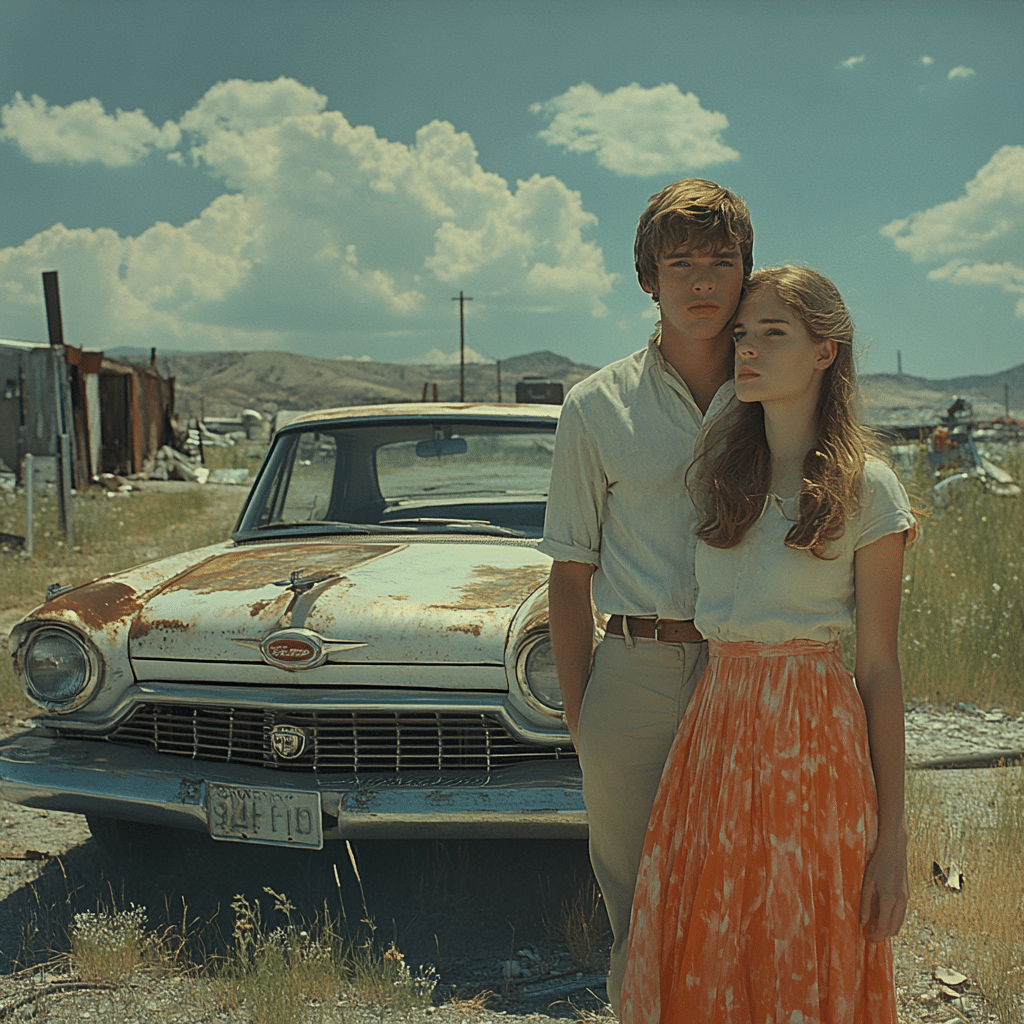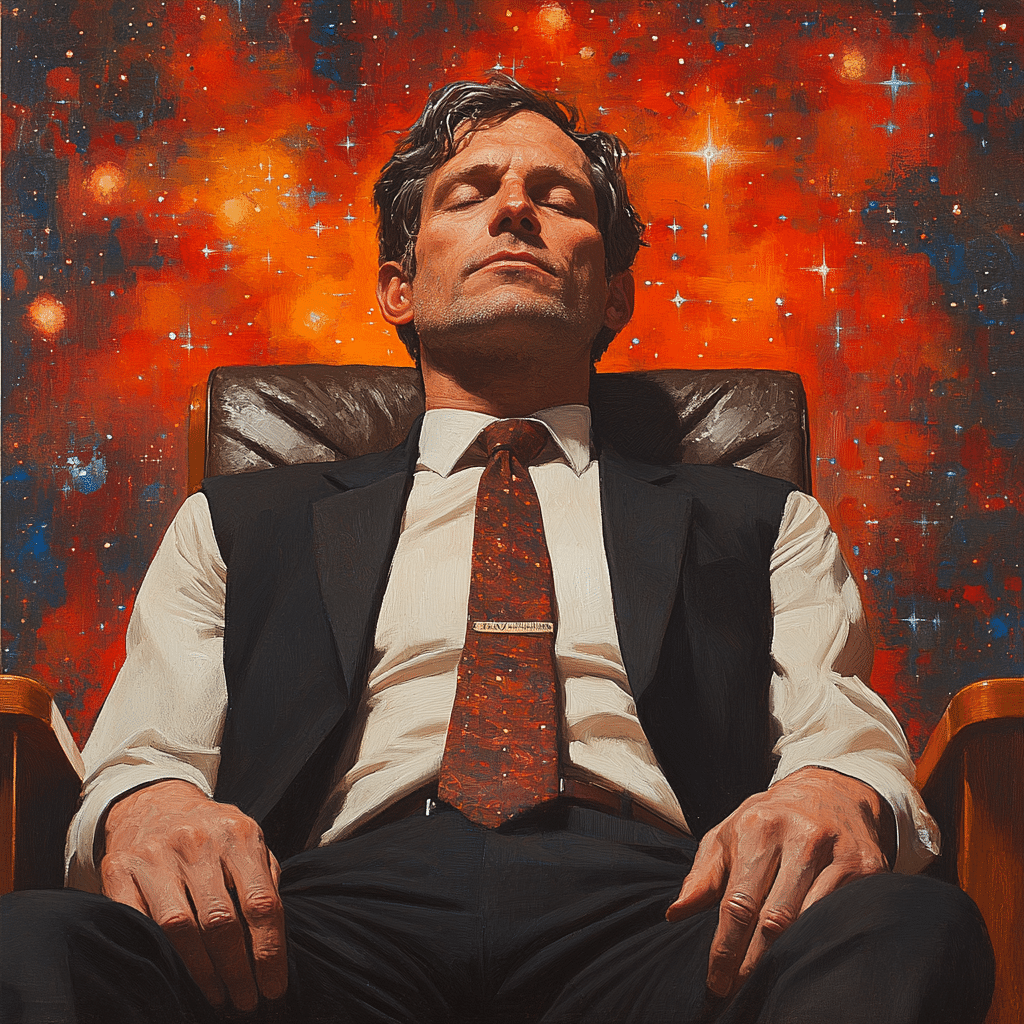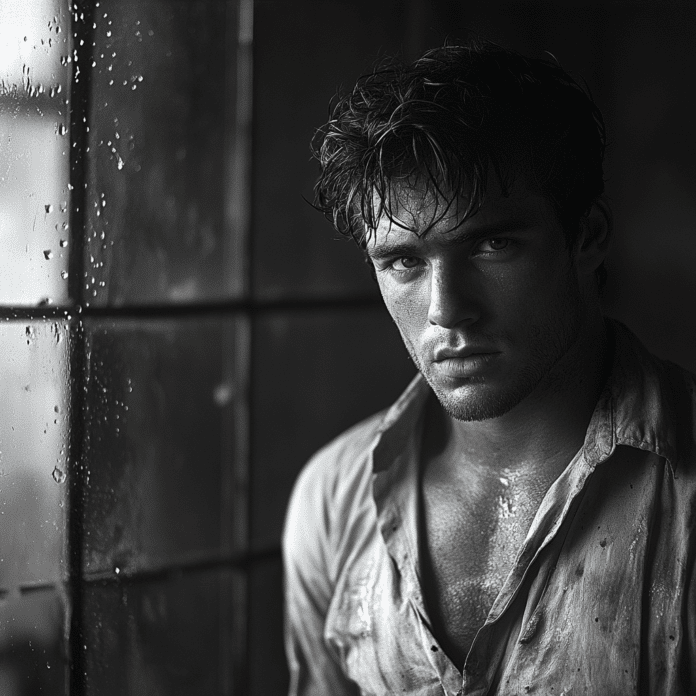Gus Van Sant stands as one of the most influential figures in independent cinema. With a vision that refuses to adhere to conventional storytelling norms, this trailblazing director has crafted a treasure trove of films that resonate deeply with audiences and critics alike. Whether he’s exploring the intricacies of human experience or delving into uncomfortable societal topics, Van Sant’s filmography showcases a profound commitment to the art of filmmaking. So, let’s take a closer look at the pivotal films that solidify Gus Van Sant’s illustrious career and the distinctive style that keeps him at the forefront of indie cinema.

7 Iconic Films That Define Gus Van Sant’s Directorial Legacy
1. My Own Private Idaho (1991)
Here we have it, folks—“My Own Private Idaho” is not just a film; it felt like a revelation! A brave exploration of identity and love, Van Sant pushed the envelope with this compelling story of street hustlers played by River Phoenix and Keanu Reeves. With its dreamy visuals and emotional depth, this film has left an indelible mark on cinema—a true hallmark of Gus Van Sant’s career!
2. Good Will Hunting (1997)
Talk about a cultural phenomenon! “Good Will Hunting” is the film that not only swept the Academy Awards—taking home two Oscars—but also introduced us to the incredible screenwriting talents of Matt Damon and Ben Affleck. Oh, and let’s not forget Robin Williams, whose performance as a compassionate therapist showcased Van Sant’s talent for drawing deep emotion and authenticity from his actors. This iconic film perfectly melds profound character studies with mainstream appeal.
3. Elephant (2003)
Ever found yourself pondering the weight of violence and alienation? “Elephant” takes a hauntingly minimalistic approach to its narrative, inspired by the devastating phenomenon of school shootings. Van Sant’s use of long takes invites viewers to really engage with the story on a more reflective level. This unorthodox structure might just leave you considering the unthinkable long after the credits roll.
4. Paranoid Park (2007)
Can we say deep dive into adolescence? In “Paranoid Park,” Van Sant captures the essence of youth through a strikingly visual lens. The film tackles themes of guilt and growing up, all while experimenting with nonlinear storytelling. It’s a daring move that not only woke critics up but also offered a fresh perspective on youth culture. Buckle up; this one’s a ride!
5. Milk (2008)
Here’s a film that packs a punch! “Milk,” a biographical drama about the life and assassination of gay rights pioneer Harvey Milk, is a shining example of Gus Van Sant’s commitment to social change through storytelling. With Sean Penn’s Oscar-winning performance, Van Sant sheds light on historical injustices while igniting conversations about LGBTQ+ rights that still resonate today. Talk about a legacy!
6. The Sea of Trees (2015)
Now, let’s visit “The Sea of Trees,” where Van Sant branches out into existentialism. This poignant narrative about life, death, and redemption may have received mixed reviews but holds an emotional weight that’s hard to ignore. It’s a testament to his exploration of deep human experiences, even when critics might not fully get it. Just goes to show that every film can be a stepping stone in an artist’s journey!
7. Don’t Worry, He Won’t Get Far on Foot (2018)
This film breaks the mold of the classic biopic. “Don’t Worry, He Won’t Get Far on Foot” follows cartoonist John Callahan and dives into themes of recovery and resilience with a dash of humor. Van Sant’s artful handling of tough subjects reminds viewers that while life can be serious, it also offers room for laughter—even in the darkest moments.

The Signature Style of Gus Van Sant
Gus Van Sant’s directorial style is a delightful cocktail of atmospheric storytelling and a focus on marginalized voices. Often seeking to paint a picture of the anti-hero, he transforms his films into reflective pieces that blend realism with poetic visuals. His distinctive ability to portray melancholy invites audiences to dive deep into the emotions experienced by his characters.
When we talk about technique, his use of non-linear narratives shines bright, particularly in films like “Elephant” and “Paranoid Park.” These long takes provide a meditative quality that allows viewers to immerse themselves in the internal struggles faced by the characters. Pulling us along for the ride, Van Sant encourages us to piece together both the visual storytelling and the emotional arcs with delicate precision.
Let’s not overlook his partnerships with actors, which often result in nuanced performances. Take Robin Williams in “Good Will Hunting”—a match made in cinematic heaven. Van Sant’s knack for eliciting raw, authentic performances has carved out his niche in character-driven storytelling. With Gus Van Sant behind the camera, you can always expect a magnetic portrayal of the human condition.
Reflecting on Van Sant’s Impact in 2024
As we sip our coffee in 2024, it’s hard to ignore how Gus Van Sant’s contributions to cinema transcend mere storytelling. His work serves as a powerful vehicle for social commentary while reflecting on personal struggles, and his films continue to inspire burgeoning filmmakers today. Van Sant’s capacity to tackle issues ahead of their time sets a benchmark in indie cinema, reminding us all of the power of storytelling to evoke change and understanding.
So, whether you’re a die-hard Van Sant fan or a newcomer to his films, it’s worthwhile to appreciate the artistry and emotional depth he brings to the screen. Films like his continue to encourage filmmakers to take the plunge, explore the nuanced layers of the human experience, and create art that’s both authentic and impactful. And hey, who would’ve thought a film could be both entertaining and thought-provoking? That’s the magic of Gus Van Sant!
No matter what you’re watching next—maybe catching the latest on Maxxxine Showtimes or following the Wisconsin volleyball schedule—remember the magic that is Gus Van Sant and his profound contributions to indie cinema. And if you’re curious about the creative influence behind other films, take a look at exciting articles on Caught in The Act or the latest gossip over at Tvg.
Gus Van Sant: Mastermind Behind Iconic Indie Films
A Vanguard of Indie Cinema
Gus Van Sant is a name synonymous with groundbreaking indie cinema, and his films have left a significant mark on filmmaking. One of his most iconic works, “Good Will Hunting,” showcased the potential of young talent and featured Matt Damon and Ben Affleck at their best. Interestingly, the screenplay was conceived in a mere few days! This whirlwind creation highlights Van Sant’s knack for fostering raw talent, even in the chaotic realms of filmmaking. Just like the creativity that springs forth in iconic films, you might recall the innovations around the Vw Thing, another bold choice that sparked conversations and left a lasting impression.
Surprising Inspirations
Van Sant’s inspirations often come from unexpected places, demonstrating his keen eye for cultural nuggets and cinematic gems. For instance, his film “Elephant” was inspired by the tragic Columbine shooting and takes a surreal approach, meticulously exploring the events leading up to the day. His contemplative style often evokes a sense of reflection, much like a quiet scene in an artful drama. Speaking of artistry, did you know he shares a unique connection with actors from diverse backgrounds? For instance, Pom Klementieff’s daring performances carry a flirtatious edge, much like the engaging characters in Van Sant’s films, bringing them to life in unexpected ways.
Balancing Art and Commerce
Throughout his career, Van Sant has deftly balanced artistic expression and commercial success, navigating between mainstream and indie films with finesse. His ability to capture the essence of youth culture is evident in “My Own Private Idaho,” a film that has influenced countless storytellers. Fun fact: actor Benedict Cumberbatch once credited Van Sant for inspiring his approach to character depth. It’s fascinating to see how Van Sant’s work galvanizes the creative energy of actors, spawning a ripple effect across generations. Doe-eyed kids, much like the characters in his films, often strive to break free from societal constraints, echoing his persistent themes of identity and belonging.
Gus Van Sant’s voluminous body of work not only mirrors the shifting landscape of American cinema but also serves as a canvas where youthful dreams and artistic ambition collide. Just like the surprising thrills behind the Stu scream, which shook audiences with its raw power, Van Sant invites us to explore deeper human connections in an unpredictable journey. So, next time you watch a Van Sant film, know that you’re not just witnessing storytelling; you’re diving into a world filled with passion, creativity, and myriad inspirations.




